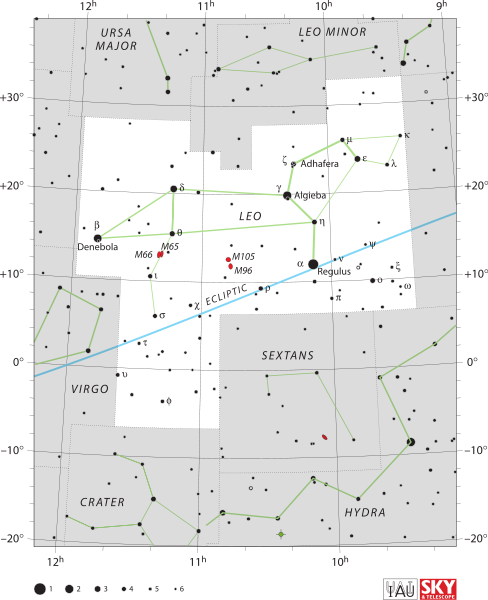As I write this, people are supposed to be gathering at Cornerstone University, where I just finished my masters degree this past April and across the street from my school, to hopefully break the world record for "largest game of Knockout" ever. They have a goal of having over 500 people come and play
Knockout - or as I grew up calling it, Lightning.
All the way home this evening I was wondering if I was going to regret the opportunity to be there and to make history. So I consoled myself by trying to figure out
How long it would take to finish the game?
For those of you unfamiliar with the game,
read the rules, and then come back.
One problem with this question is that there isn't a definite answer to it -- at least not until tomorrow when I read about it and find out how long it took. The game potentially could go on forever, or could be over in ... well -- maybe we could start there?
Actually, let's begin with just a few estimates. I'm going to assume that on average it takes t=7 seconds for a person to get the ball, shoot an initial free throw, catch the rebound, shoot a layup, etc. and pass the ball to the next player. Some will certainly take less time, and others more, but I need to use something.
I'll also estimate n=500 people showing up.
To begin, let's see how long it would take just to get through the first round -- that is for everyone to have touched the ball and had one attempt to knockout the player in front of them:

It will take one hour just to get everyone a chance to shoot the ball -- wow. Already I feel better heading home!

Just for kicks, how big would the line be? Assuming about 3 feet of space between players, it would be:

The line would be nearly a half mile long, or would likely weave back and forth nearly 10 times on the basketball courts. Of course, cornerstone's gymnasium is huge and has a jogging track around it too, so they've probably thought ahead about how the line will operate- I hope.
So how about an estimate for the minimum amount of time it would take to finish? The very least number of shots required would be if EVERY time two people came up to shoot, the person behind beat the person ahead of them. That produces a pattern of people:
(loses)(wins)(loses)(wins)....
This would eliminate a player every time -- so after 500 pairs, there would be one person left over. This yields 1000 shots, or approximately 2 hours. I wasn't willing to devote that much time to the activity -- (and yes -- I would have ended up being that last shooter because I am that good).
Of course, it's certainly going to take more than 1000 shots, because there will be many times when the back player doesn't win. Suppose the back player wins 50% of the time? Let me try to encode what I'm envisioning:
(survives)(loses)(wins)(survives)(loses)(wins)
This should require 1500 shots, or roughly 3 hours to complete.
If players are equally matched, the back player shouldn't win even that often though, because they have a little disadvantage because the player ahead has a head start. Suppose they have a 33% chance of winning? It might look like:
(survives)(survives)(loses)(wins)(survives)(survives)(loses)(wins)... It takes four shots to produce a knockout now, so approximately 2000 shots or 4 hours to complete.
Several years ago, when I was in undergrad, four hours on a Friday night would probably be fun to spend on something like this massive basketball game -- but not so much anymore.
I have to admit, I'm a little disappointed in how this post turned out -- I was making things super complicated in the car thinking about probability and how many rolls it takes to roll a six and how many shots it takes for a 50% shooter to make one and making this problem way more complicated than it needed to be. So I was anticipating pulling out all sorts of statistics and the binomial theorem, but oh well. Perhaps another day.





